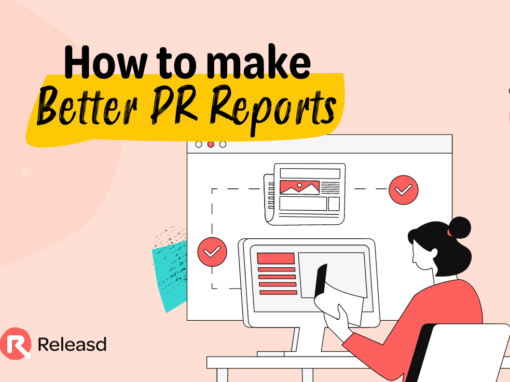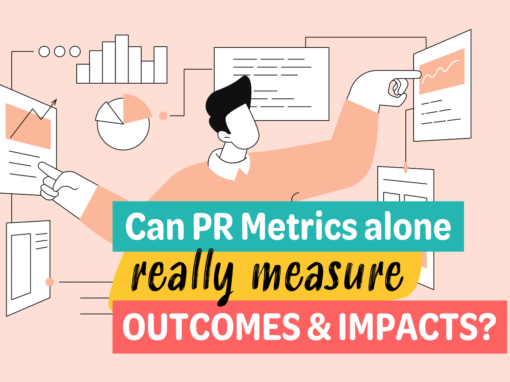One of the most critical elements to a successful roll-out of Releasd is the internal launch. It’s a relatively painless but invaluable process and something we do in close partnership with all of our new clients.
For years, colleagues across your organisation have been used to receiving the standard ‘Monthly coverage report’ email and, in all probability, swiftly hitting delete.
It’s not their fault – they’ve been conditioned to do so on the assumption that what lies in wait is an uninspiring list of copy and links, or a vast PowerPoint deck.
Hey, you wouldn’t be here if you thought otherwise.
In order to change this engrained behaviour, a well managed launch campaign is required. Here’s best practice:
Step 1: identify the key players in your organisation
The first step is to agree who needs to be ‘won over’ in order to achieve the levels of engagement that you are aiming for.
Most Comms Directors we work with are able to produce an immediate list of Execs who fit the bill. But the process of mapping out their full Stakeholder Universe often reveals many other influencers across the business whose support would be of huge value.
See our Use Cases for more detail on this.
Step 2: Get buy-in
Before a page goes out into the wild, it’s important to prime your audience. We strongly recommend doing this face-to-face or by phone where possible.
The key here is to emphasise how the change will benefit your stakeholders, rather than your own team.
Here’s how a typical conversation can go…
a) Introduce the new approach
“We’re changing the way we share our work with the business. We’ll now be sharing a selection of the most important and relevant media coverage, plus any useful content we create (like photography, video, thought leadership etc) in a much more visual and digestible format.”
b) Explain how it will benefit them
“It will help you do your jobs better because…” – see Use Cases above.
c) Let them know when to expect the first, draft page
“We’ll be sending a draft version of the new update on [date].”
d) Ask for feedback and be clear on what you want feedback on
“I’d really appreciate your feedback on this to make sure what we’re sending is as useful as possible for you and your team. Specifically, we’re looking for feedback on:
- The material that is included
- The order in which it’s presented
- How we could make it more useful for your team”
Step 3: Share a draft page
Here’s a commonly used email template which can be tailored to your specific audience:
Subject:
A new way of sharing our Comms activities – your feedback please!
Body:
Hi xxx,
As discussed, we’ll be sharing our best coverage and content in a much more visual and digestible way from now on.
Here is a link to the draft page: URL HERE
We’re keen for it to be as useful as possible for you, so please send us your feedback on:
– The material that is included
– The order in which it’s presented
– How we could make it more useful for your team
Step 4: Collate feedback
A polite nudge may be required for some recipients who may not have had a chance to provide feedback. We’ve found that a quick call or short follow up email can prick the conscience of those who agreed to assist.
Once feedback has been collated, the team can decide what to take onboard and implement the necessary changes.
A short thank you email, together with an updated version of the page, is a nice way to complete this important step.
Step 5: You are ready to go!
Now you’re ready to send your first update in earnest.
So there you have it. A relatively painless process with myriad benefits:
- A broader view of your Stakeholder Universe
- Stakeholders who understand the benefits of the new system for them
- Stakeholders who have personally invested in the optimisation of the system
- Peace of mind that what you’re sending is of genuine value
- Maximum possible chance of long term success
Want more content like this? See our guide to creating a killer cover email here.




